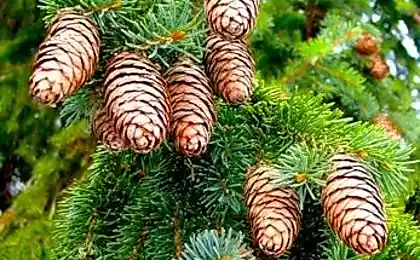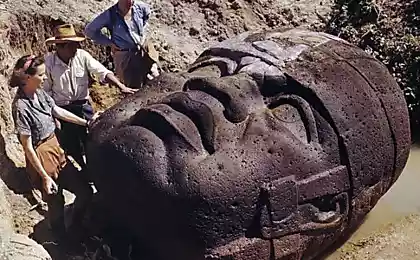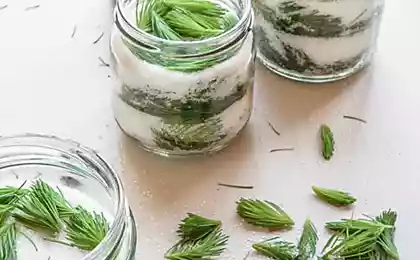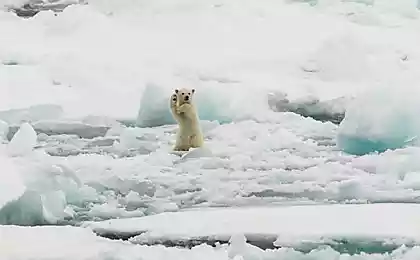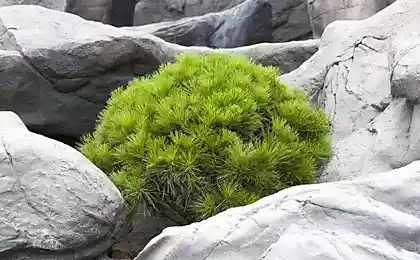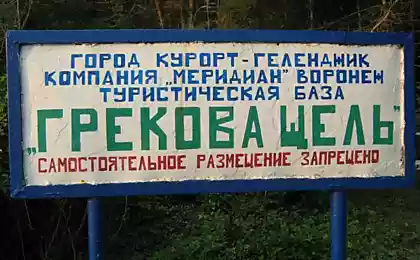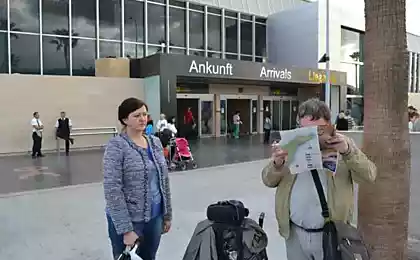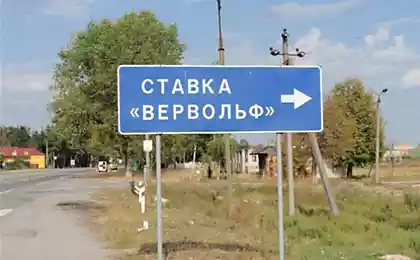591
pine-giants
In the narrow alleys of the National Park Bryce Canyon (Bryce Canyon National Park), the United States, between towering cliffs, grows one of the tallest tree species in the southwest - Pinus Ponderosa (Pinus ponderosa) or yellow pine. The diameter of some trunks reaches more than 5 feet, and height - up to 150 feet, the top of the stretch to the sun to overtake the surrounding cliffs.
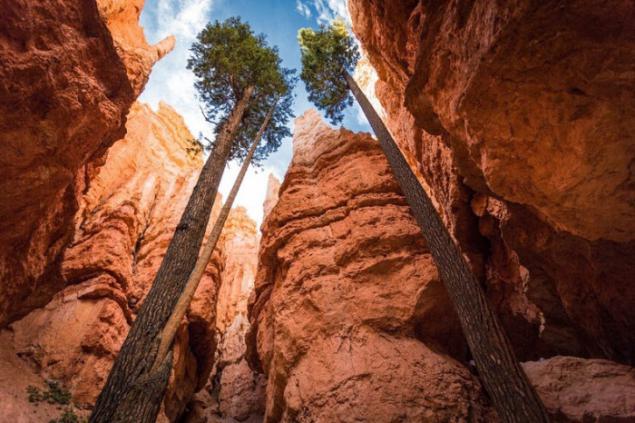
This hardwood breed has become the main raw material for lumber in the south-west. Giant pine trees grow in arid mountain slopes and are easily recognized by the high, straight and voluminous trunks, covered with a thick, cracked rusty-orange bark. They are also easy to recognize by smell - Pinus Ponderosa smells like vanilla or toffee.
Yellow pine is spread almost all over Bryce Canyon. When traveling on any of the numerous hiking trails throughout the National Park, you will almost certainly run into these trees. However, the most impressive landscapes await travelers in Canyon Ponderosa (Ponderosa Canyon). The name comes from the huge yellow pines that rise from the bottom of the canyon. Slightly higher yields yellow pine blue spruce, Douglas fir and white spruce are often misleading visitors do not expect to be surrounded by fir and spruce trees in the canyon, named in honor of yellow pine.
Despite the arid climate, Douglas fir is surprisingly common in Bryce Canyon. Very often they can be found in the southern hills of the park. As a rule, these giants are mistaken for yellow pine, but in fact they are easily distinguished by the large number of cones scattered on the ground.
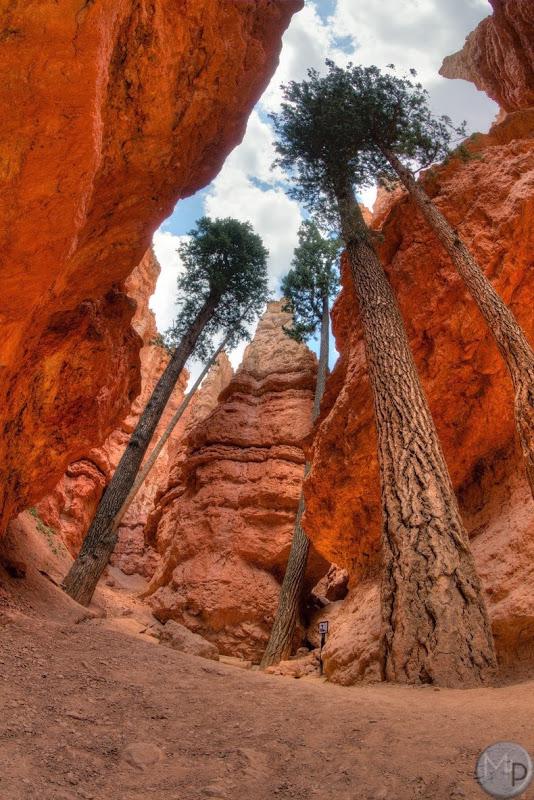
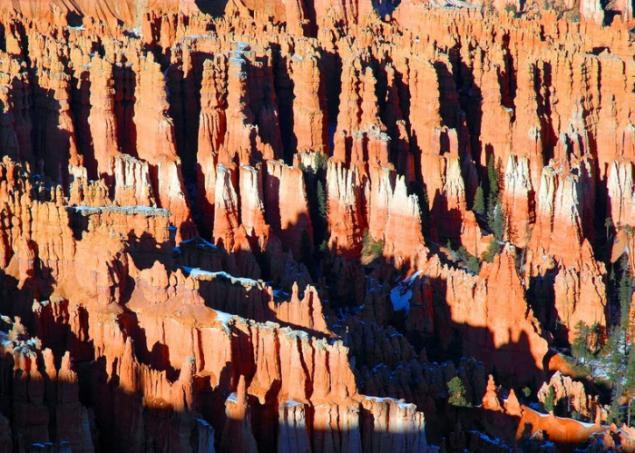
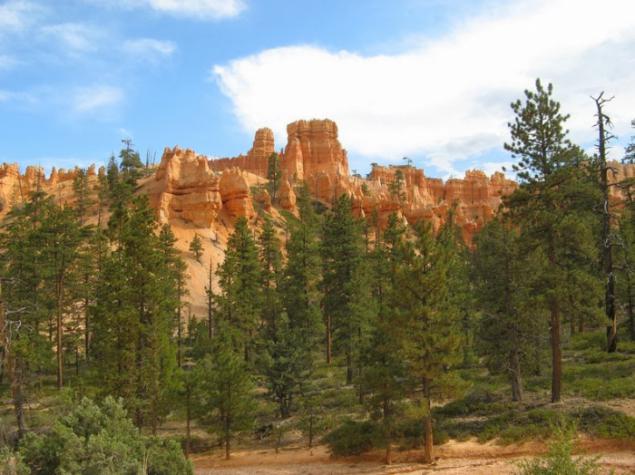


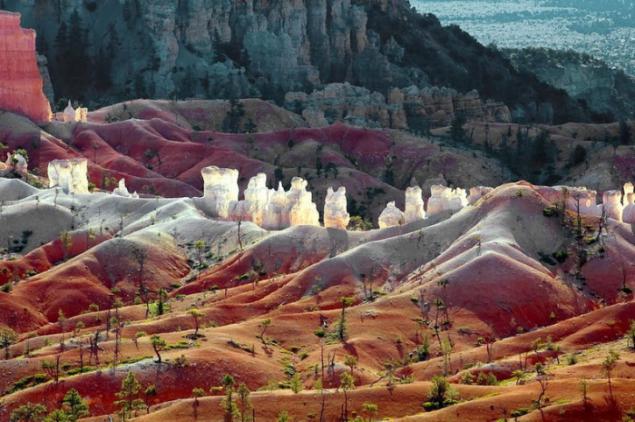
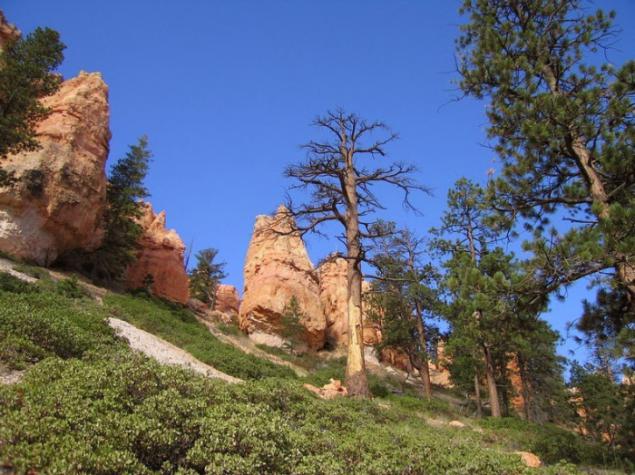
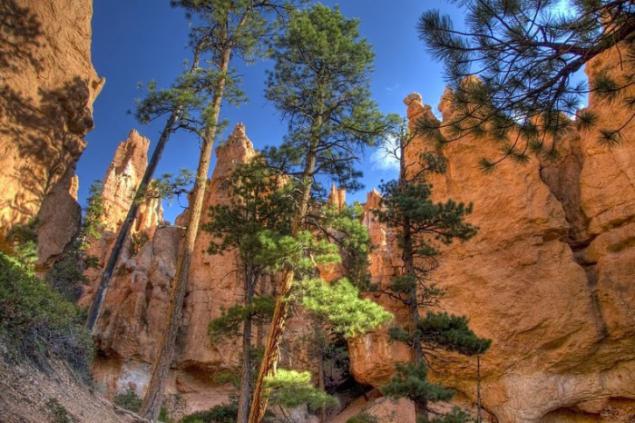
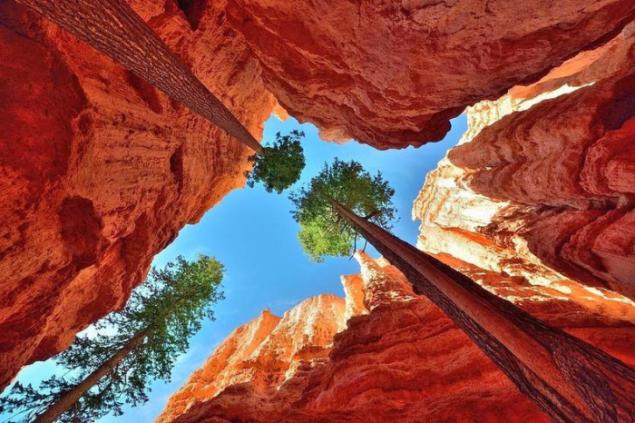
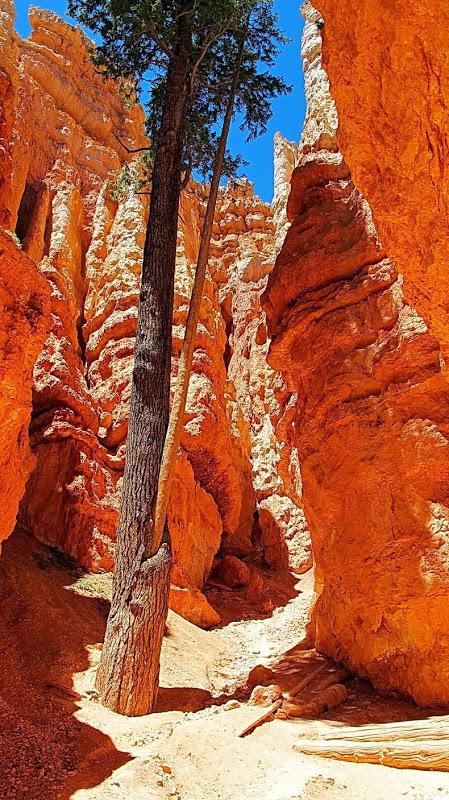
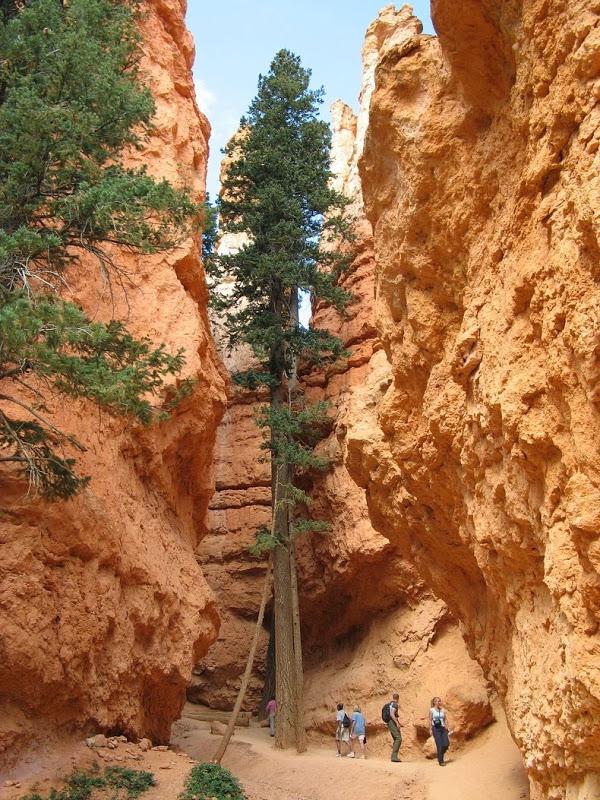
©

This hardwood breed has become the main raw material for lumber in the south-west. Giant pine trees grow in arid mountain slopes and are easily recognized by the high, straight and voluminous trunks, covered with a thick, cracked rusty-orange bark. They are also easy to recognize by smell - Pinus Ponderosa smells like vanilla or toffee.
Yellow pine is spread almost all over Bryce Canyon. When traveling on any of the numerous hiking trails throughout the National Park, you will almost certainly run into these trees. However, the most impressive landscapes await travelers in Canyon Ponderosa (Ponderosa Canyon). The name comes from the huge yellow pines that rise from the bottom of the canyon. Slightly higher yields yellow pine blue spruce, Douglas fir and white spruce are often misleading visitors do not expect to be surrounded by fir and spruce trees in the canyon, named in honor of yellow pine.
Despite the arid climate, Douglas fir is surprisingly common in Bryce Canyon. Very often they can be found in the southern hills of the park. As a rule, these giants are mistaken for yellow pine, but in fact they are easily distinguished by the large number of cones scattered on the ground.











©
